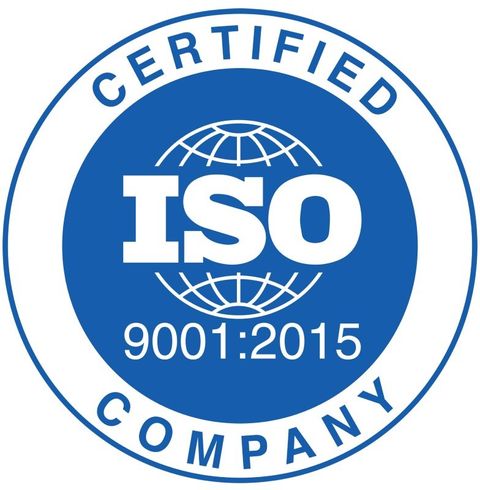Email:
tduncan@ioilndt.co.uk
Tel:
01224 773 834
Testing Methods
Our Inspection & Testing Methods
Magnetic Particle Inspection
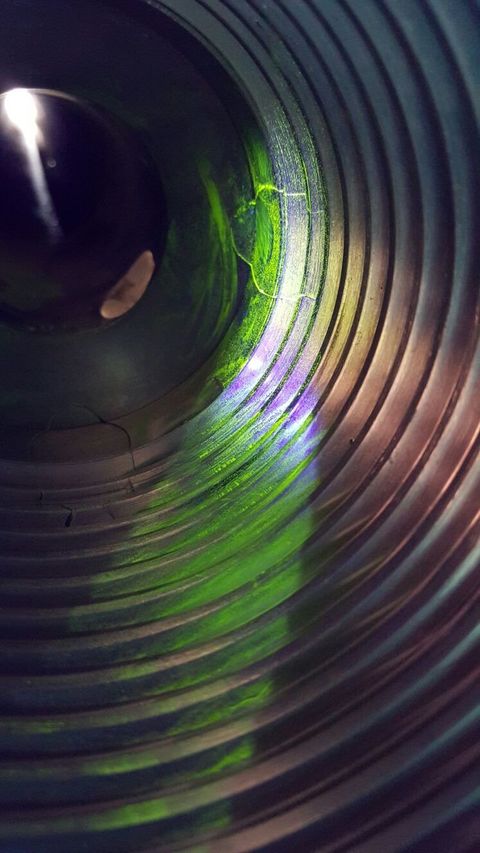
This is a non-destructive testing method used for defect detection. MPI is fast and relatively easy to apply, and part surface preparation is not as critical as it is for some other NDT methods. These characteristics make MPI one of the most widely utilised non-destructive testing methods. The MPI technique is very versatile, it can be used in situ for large batch runs to great effect but it is also easily mobilised which allows it to travel onsite for one-off items.
Dye penetrant inspection (DPI)
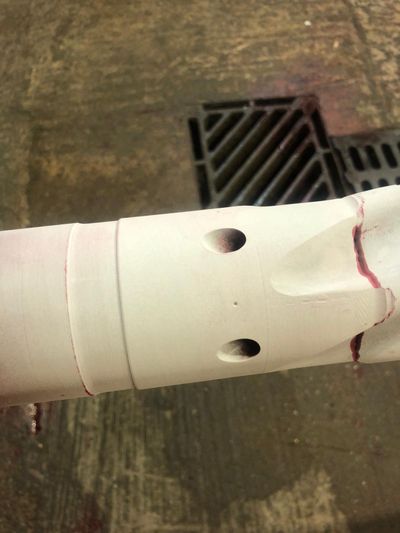
Also known as liquid penetrant inspection (LPI), this is a widely applied and low-cost inspection method used to locate surface-breaking defects (cracks, and leaks in new products, and fatigue cracks on in-service components) in all non-porous materials (metals, plastics, or ceramics). We mainly use DPI to assess the integrity of non-magnetic equipment. The technique is widely used in the oil and gas industries and performed in accordance with many industry standards.
Thread inspection
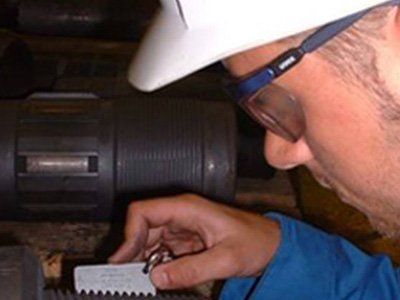
A large part of our business revolves around thread inspection. Thread inspection is carried out to ensure the integrity of the thread form and the sealing surfaces against mechanical damage or corrosion. Dimensional inspection is also carried out to identify areas of wear and deformation. You can be assured that following a thread inspection your equipment has met the standard and can be presented to your representatives for release.
ACFM inspection
Many structures and plant components require routine inspection to ensure their integrity. Conventional in-service methods such as MPI or DPI require paint and coating removal and rely heavily on operator interpretation. At best these techniques can determine whether a defect exists but are unable to provide information on defect severity. In order to achieve this, the depth of the defect is required. This can then be used, together with Fracture Mechanics methods to determine whether the component is safe for continued operation.
Magnetic interference inspection (hotspot)
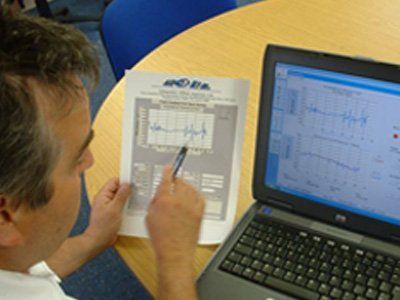
Our hotspot system is designed to detect and evaluate areas of magnetic interference (hotspots) on downhole rotary equipment such as drill collars and MWD tools. Precision in measuring the exact location and direction of the drilling operation is crucial. The instruments determine the drill bit's position relative to the earth’s magnetic and magnetic north.
We use the non-magnetic drill collars in the measurement section of the drill string to avoid any disturbance whilst data is being transmitted. If the instruments which measure the local value of the earth’s magnetic field are exposed to another source of magnetism, such as steel or contaminated non-magnetic alloy, then the data supplied would be unreliable. This examination will identify interfering magnetic fields which will allow the suspect equipment to be removed from service until the problem areas are removed.
Ultrasonic Inspection
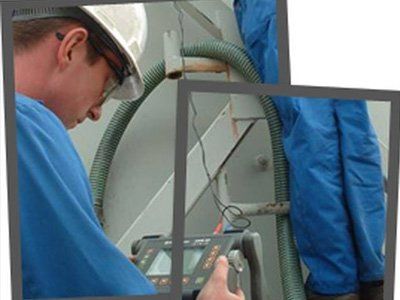
Ultrasonic testing uses high frequency sound energy to conduct examinations and make measurements. Ultrasonic inspection can be used for flaw detection and evaluation, dimensional measurements, material characterisation, and more. Ultrasonic inspection is a very useful and versatile NDT method. Some of its advantages are:
- It is sensitive to both surface and subsurface discontinuities
- The depth of penetration for flaw detection or measurement is superior to other NDT methods
- It is highly accurate in determining reflector position and estimating size and shape
- Minimal part preparation is required
It has other uses, such as thickness measurement, in addition to flaw detection.
Tel:
01224 773 834
Email:
tduncan@ioilndt.co.uk
Address: Independent Oilfield Inspection Ltd,
Thainstone Business Centre, Inverurie,
AB51 5TB
© 2024. The content on this website is owned by us and our licensors. Do not copy any content (including images) without our consent.

